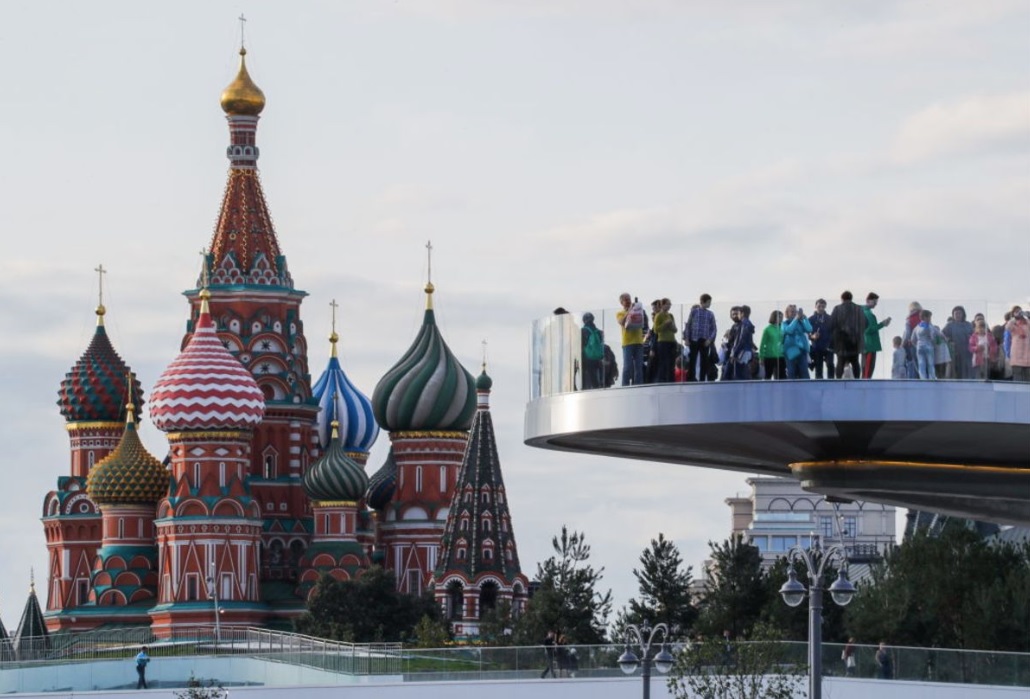Putin’s Moscow Is a New Kind of Potemkin Village
July 23, 2018 @ 20:29 +03:00

If Karl Marx could see Russia today, he might revise his view of religion’s role in oppressive regimes. In the country’s capital, urbanism has become the new opium of the people. Authoritarian leaders have long seen cities as a stage to demonstrate their competence and benevolence. Josef Stalin presided over the construction of the Moscow subway, to this day one of the world’s most impressive. Kazakh President Nursultan Nazarbayev built an entirely new capital in the steppe, complete with an indoor beach. Belarus President Alexander Lukashenko is notorious not only for silencing dissenters, but also for keeping Minsk spotlessly clean.
Over the past several years, however, Moscow has taken the approach to a whole new level. I lived and worked there from 1993 to 2003, and when I walk the streets now, I find what I see hard to reconcile with my memory of the place. Suddenly, Moscow works. The transportation system puts plenty of other cities to shame: Since 2011, the city has added 30 subway stations, a new light rail ring and kilometers of bike paths. Traffic cameras have tamed the cars, which actually stop at crosswalks. Public spaces draw people outside, offering playgrounds, benches, green areas and architectural marvels.
Russian leaders’ newfound love of urbanism has an ulterior motive: pacifying the middle-class Muscovites who came out by the tens of thousands in 2011 and 2012 to protest the lack of choice in the parliamentary and presidential elections. That vision is all the more poignant given how completely it is at odds with the country’s actual governance. The people in power, from Putin on down, have time and again demonstrated their disregard for private property and personal freedom. Those who cross the wrong people regularly lose their businesses or worse. For all the wonders of Moscow, Russia’s best and brightest will keep wanting to leave a country where they can’t express themselves, where they can’t choose their leaders, and where whatever they build can be taken away. Western sanctions aren’t the only reason there’s so little investment outside of big state projects.
Looking at the cost of upkeep, one has to ask how long Moscow can keep the dream alive — particularly in an economy forecast to grow at a rate of less than 2 percent a year. As of 2016, the city’s spending per person was more than double the average among other Russian regions. Transport projects alone get about $9 billion a year, siphoning resources away from the rest of the country. The greening of Zaryadye requires the constant replacement of squares of grass that seem unwilling to take root. What will happen if the money runs out?
That said, it doesn’t have to end badly. Under a regime more committed to the rule of law and personal freedoms the illusion could turn into reality. This reimagined Potemkin village, with its shiny new trains and abundance of brilliant inhabitants, could become the foundation of a broader rebirth. Given Russia’s history, and given the extent to which Putin has eliminated any mechanism for the peaceful transfer of power, it’s naive to hope. But so what, I will.






